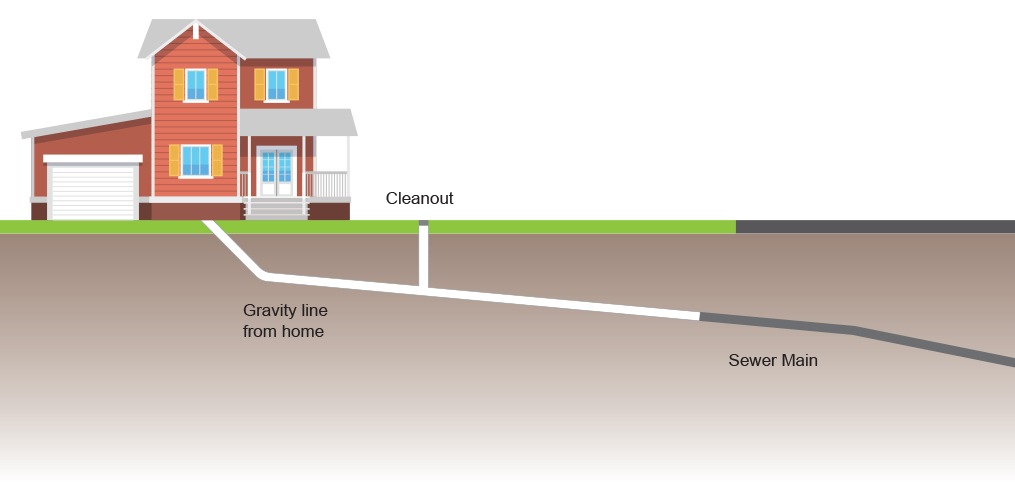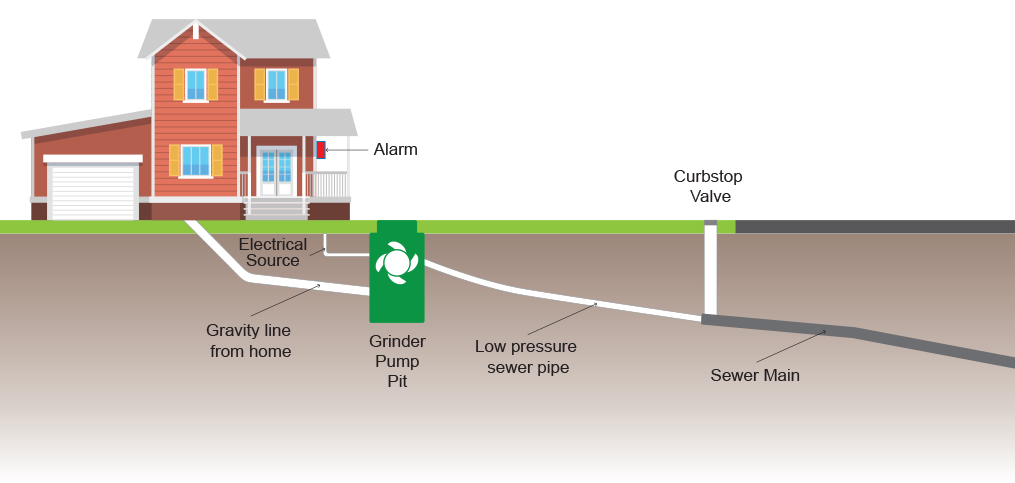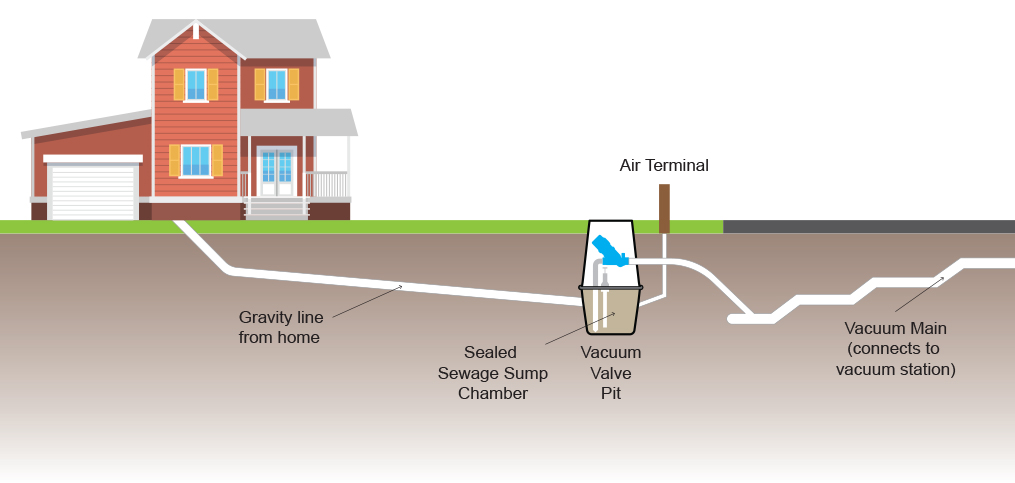Using the bathroom is something we all do, but we don't usually think about how the toilet works or which residential sewer system is best.
It's important to maintain any type of residential sewer system for it to work properly. There are different types of systems with their own advantages and disadvantages, and in this article, we will explain them.
We want to let you know that we manufacture one of the types of systems we will talk about, but you can research all the options we present.
Some people may see the words "sewer system" and "sewerage system" online and wonder what the difference is. They mean the same thing, but we chose to use "sewerage" in this article to be more inclusive of our international customers.


